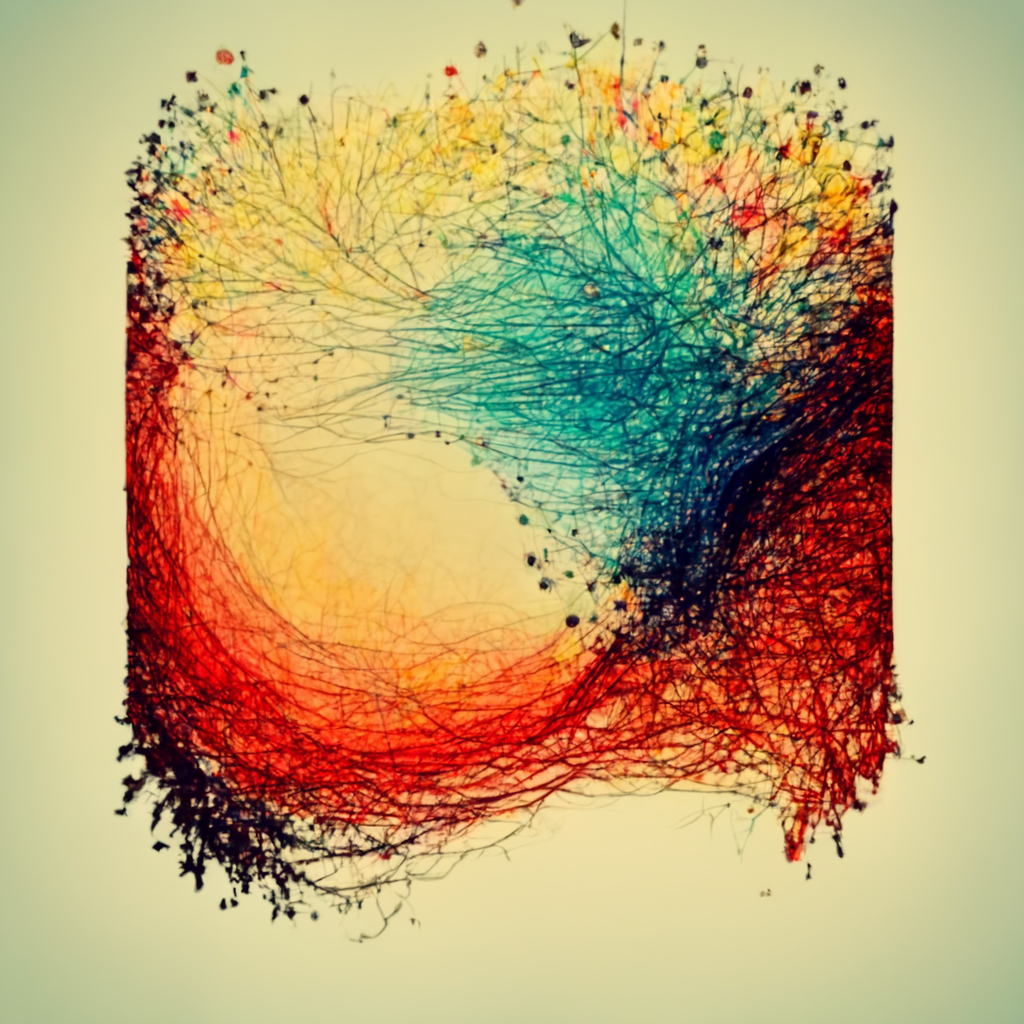Switch Transformers have emerged as a groundbreaking development in the field of Natural Language Processing (NLP). In a recent breakthrough, researchers from Google Brain introduced Switch Transformers, an NLP model comprising a staggering 1.6 trillion parameters. This advanced model not only enhances training time by up to 7 times compared to the T5 NLP model, but it also delivers comparable accuracy. With the source code readily available on GitHub, the Switch Transformer has the potential to outperform its competitors in the world of NLP.
The Power of Switch Transformers
The paper titled ‘Switch Transformer: scaling to trillion parameter models with simple and efficient sparsity’ provides valuable insights into this novel model. The researchers employed a mixture-of-experts (MoE) routing algorithm and introduced design-intuitive improved models that significantly reduced communication and computational costs. By implementing their proposed training techniques, they successfully addressed instabilities and demonstrated the feasibility of training large sparse models using lower precision (bfloat16) formats. Remarkably, Google researchers found that the distilled small dense versions of their large sparse models retained 30% of the quality gain. This breakthrough is a testament to the power of Switch Transformers in the realm of NLP.
A Historical Perspective
The concept of mixture-of-experts (MoE) was first introduced in 1991 by a research group that included Geoff Hinton, the creator of the Switch Transformer and a pioneer in deep learning. Building on this foundation, the Google Brain team and Hinton employed MoE in 2017 to develop an NLP model based on recurrent neural networks (RNN). With an astounding 137 billion parameters, this model achieved state-of-the-art results in language modeling and machine translation benchmarks. The MoE technique has proven to be a powerful tool for advancing the capabilities of NLP models.
Unveiling the Key Highlights
Switch Transformers are built upon the foundation of T5-Base and T5-Large models, which were introduced by Google in 2019. The T-5 architecture, a transformer-based approach utilizing a text-to-text method, serves as the basis for the Switch Transformer. Leveraging the advantages of TPUs and GPUs, hardware initially designed for dense matrix multiplication and used in language models, Switch Transformers have taken NLP capabilities to new heights.
The Switch Transformer models underwent a meticulous pretraining process, utilizing 32 TPUs on the colossal Clean Crawled Corpus. This dataset, comprising 750 GB of text snippets from sources like Wikipedia and Reddit, served as the training ground for these models. During pretraining, the models predicted missing words in passages where 15% of the words were masked, further enhancing their ability to comprehend and generate natural language.
Groundbreaking Experiments
The researchers established a distributed training setup to conduct comprehensive experiments with the Switch Transformer models. The unique weights of the models were split across different devices, enabling efficient memory usage and computational methods. As the number of devices increased, the weights were distributed accordingly, ensuring manageable memory and computational resources for each device.
A Switch Transformer feed-forward neural network (FFN) layer plays a pivotal role in the model’s architecture. Every token passes through a router function that directs it to a single FFN, referred to as an “expert.” Despite the involvement of multiple experts, the computation does not increase proportionally with the number of experts. Instead, the Switch FFN layer operates independently on each token in the sequence, demonstrating the efficiency and scalability of Switch Transformers.
The Power of Switch Transformers Unveiled
By replacing the dense feed-forward network (FFN) layer in traditional Transformers with a sparse Switch FFN layer, the Google researchers have unlocked new possibilities in NLP. The router gate value determines the selected FFN for each token, and the output of the chosen FFN is multiplied by this gate value.
Switch Transformers vs. the Competition
The Transformer architecture has become the preferred model for deep learning in NLP research. However, recent advancements in Switch Transformers have further pushed the boundaries of NLP. Models such as BAAI’s Wu Dao 2.0, with 1.75 trillion parameters, and OpenAI’s GPT-3, with 175 billion parameters, have garnered significant attention. DistilBERT by HuggingFace and Google GShard are also popular language models. When compared to Google’s T5 NLP model, the baseline version of the Switch Transformer achieved target pre-training perplexity metrics in just 1/7th of the training time. Additionally, the Switch Transformer outperformed the T5-XXL model on perplexity metrics while demonstrating comparable or better performance on downstream NLP tasks, despite training on only half of the data. These remarkable results highlight the immense potential of Switch Transformers.
The Journey to Success
In developing the Switch Transformer, the Google team focused on maximizing parameter count while maintaining a constant number of FLOPs (floating-point operations) per training example. Furthermore, they opted to train their models on a relatively small amount of data, emphasizing sample efficiency. These strategic decisions culminated in an architecture that is not only simple to understand and stable to train but also remarkably efficient.
Embracing the Future
Google firmly believes that Switch Transformers hold tremendous promise as scalable and effective natural language learners. The team’s research demonstrates that these models excel in various natural language tasks and training regimes, including pre-training, fine-tuning, and multi-task training. The advent of Switch Transformers opens new avenues for advancing the capabilities of NLP models and brings us one step closer to truly understanding and leveraging the power of human language.







Leave a Reply